
The eye of a Pomacea canaliculata snail was surgically removed, but it grew a new eye. Two months later, the new eye (right) looks very similar to the uninjured eye (left) - Photo: Alice Accorsi
In the journal Nature Communications , a research team from the University of California (USA), led by biologist Alice Accorsi, said that the snail with this special ability is the golden apple snail (Pomacea canaliculata). They were found to be able to grow a new eye in less than a month after losing the old eye, and it takes about three months to fully connect with the brain and restore vision.
What's special is that the snail's eyes have a "camera"-like structure - including the cornea, lens and retina - similar to the human eye. In addition, both snails and humans use the same genes to form their eyes, including the PAX6 gene.
When the team disabled the gene using CRISPR/Cas9, the snails failed to develop eyes and were barely able to move or feed, although they survived if fed. This suggests that PAX6 may also play an important role in neural development.
This is also the first time scientists have been able to create a genetically modified snail strain for research in a short period of time, just a few years, instead of decades as usual.
While human eye regeneration is still a long way off, researchers believe the golden apple snail could help reveal underlying biological mechanisms.
Ophthalmologist Henry Klassen (University of California, Irvine) said the discovery was a welcome sign: "At least we can start asking: What's the problem? Are humans following a similar path, and are there genes that interfere or block that regeneration process?".
The secret may lie in “molecular switches”—mechanisms that control when and where genes are activated, Accorsi said. It’s possible that humans have such switches but don’t know how to use them, or perhaps humans don’t have them at all.
Professor Sánchez Alvarado likened: "The problem is to understand the music of snail regeneration, and then translate that music. The orchestra is the same, the genes, but you need to find the right conductor."
Source: https://tuoitre.vn/phat-hien-loai-oc-moc-lai-mat-mo-ra-hy-vong-tai-tao-mat-cho-nguoi-20250809120358063.htm



![[Photo] Parade blocks pass through Hang Khay-Trang Tien during the preliminary rehearsal](https://vphoto.vietnam.vn/thumb/1200x675/vietnam/resource/IMAGE/2025/8/27/456962fff72d40269327ac1d01426969)
![[Photo] Images of the State-level preliminary rehearsal of the military parade at Ba Dinh Square](https://vphoto.vietnam.vn/thumb/1200x675/vietnam/resource/IMAGE/2025/8/27/807e4479c81f408ca16b916ba381b667)




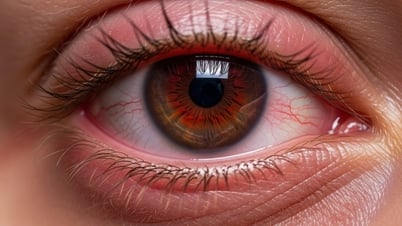






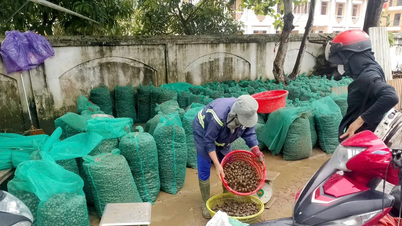

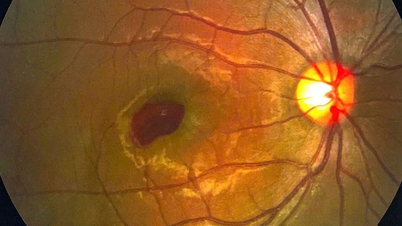





































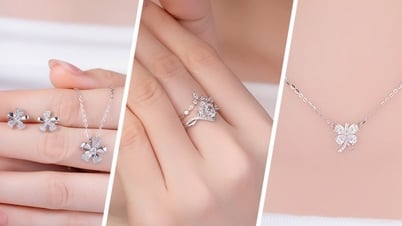










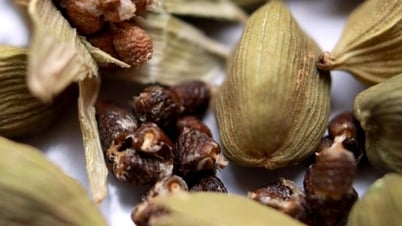



































Comment (0)